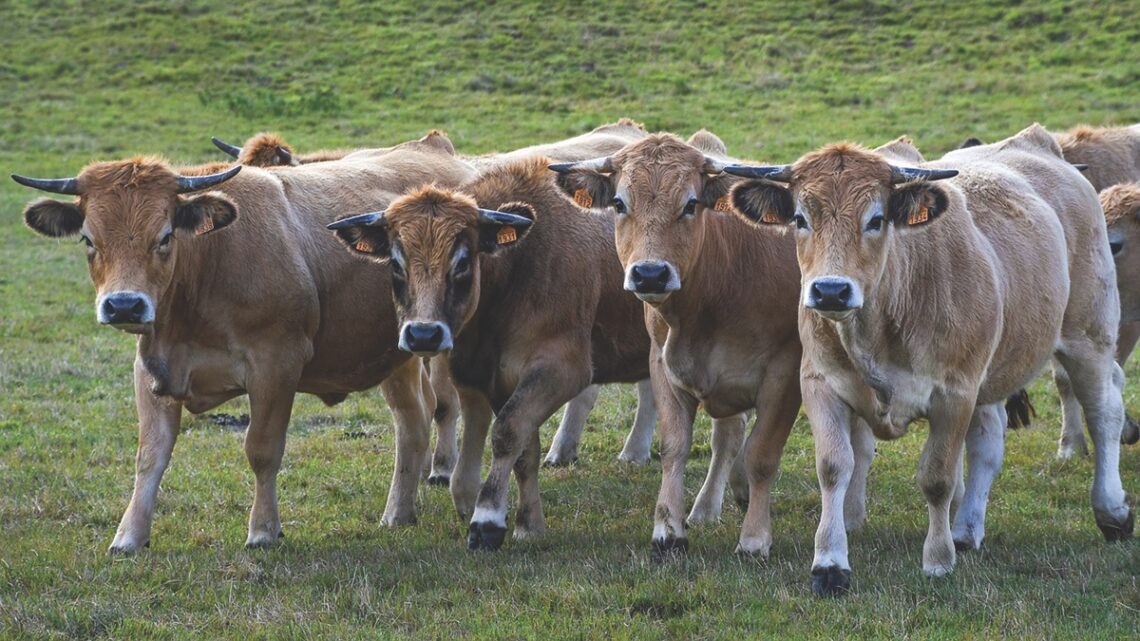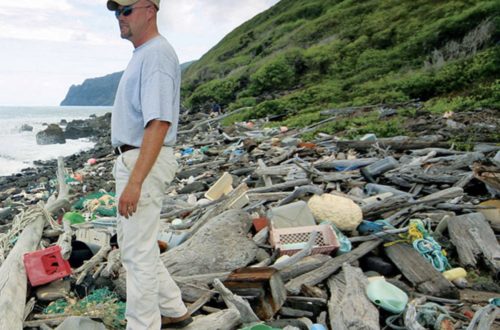A daffodil extract could help reduce emissions by 30 percent when added to feed.
SRUC scientists’ research into reducing cattle methane emissions using a chemical from daffodils is part of a project awarded £2.8 million by the Department for Environmental Food and Rural Affairs (DEFRA).
The scientists have successfully extracted a chemical called haeman-thamine from the plants.
In the laboratory, using an artificial cow’s stomach, they showed it could reduce emissions by 30 percent when added to feed.
In partnership with Innovate UK, The Dancing with Daffodils project, which is being run by a consortium including SRUC, will look at transforming the efficiency and sustainability of ruminant farming.
The partnership organizations also include Rumenco, Agroceutical Products Ltd, Analox Group, Beneve Ltd, Bioextraction Ltd, Bangor University, CIEL (Centre for Innovation Excellence in Livestock), Grampian Growers Ltd, and Wynnstay.
Professor Jamie Newbold from SRUC said: “New innovations are required to address the need to maintain ruminant production while decreasing the environmental consequences. We are delighted to be involved in such an innovative project with a wide range of partners.”
SRUC will be involved in the evaluation of the newly developed feed additive and will also be responsible for assessing the dose of feed additive with the greatest potential to reduce methane emissions and improve feed digestion efficiency at the farm level.
Annie Williams, Business Development Manager at CIEL, said: “The project will focus on developing an innovative feed additive to reduce methane emissions and enhance protein utilization in ruminants. Secondly, the cultivation of a new cash crop, daffodils, for farm diversification purposes, and then finally, the creation of a precision on-farm gas analyzer to monitor methane emissions.
“Currently, livestock farming faces scrutiny in terms of its environmental impact and resource utilization, particularly when it comes to methane contributions.
“Through the project, we can work to address these challenges head-on and find a practical solution for making livestock farming more sustainable.”
The consortium will work closely with farmers, industry stakeholders, and policymakers throughout the project’s lifecycle to ensure alignment with the sector’s needs and priorities.
By fostering collaboration and knowledge exchange, the consortium aims to bring tangible benefits to the farming community while contributing to national and global sustainability goals.
For more info: bit.ly/3pGmEDH
Scotland’s Rural College (SRUC) was established in 2012 through the merger of the Scottish Agricultural College (SAC) with Barony, Elmwood and Oatridge Colleges. Through these institutions, we can trace our lineage back over 100 years.
Our vision: To be Scotland’s enterprise university at the heart of our sustainable natural economy.
Our mission: Creating and mobilizing knowledge and talent. Partnering locally and globally to benefit Scotland’s natural economy.
Photo courtesy of Pixabay user christels






